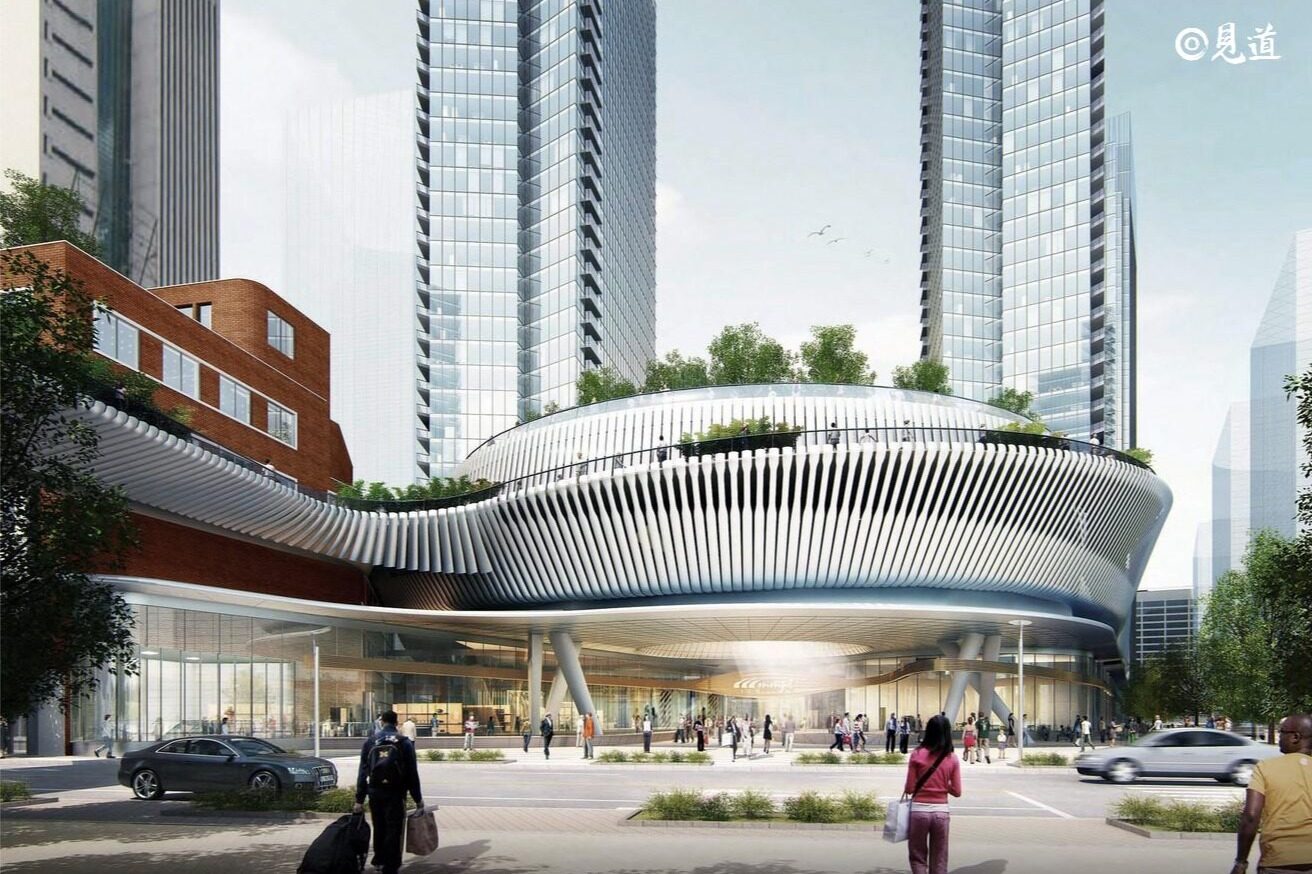- The total land area of the project is 42.07 hectares, with an estimated total investment of approximately 28.8 billion yuan
- The planning and construction of the Xili high-speed railway hub has achieved a high degree of integration between the hub and the city, improving the transportation efficiency and travel experience of the entire city

On January 23, 2024, the Guangdong Provincial Government's work report proposed that the construction of the Xili high-speed railway hub would commence in the same year. This grand project not only foreshadows the arrival of a high-speed railway station in Shenzhen that will surpass the existing Shenzhen North Station, but also marks the imminent birth of the largest rail transit transfer station in China.

The Xili high-speed railway hub is located in the core area of the central and northern part of Nanshan District, Shenzhen, covering an area of 42.07 hectares. Its vast field is equivalent to the sum of 169 football fields. This area is surrounded by four main roads: Chaguang Road, Nanping Expressway, Shahe West Road, and Nanhai Avenue, with an extremely advantageous geographical location. To the north, it is closely connected to the strategic emerging industry headquarters base of Liuxiandong; To the south, it is adjacent to the High tech North Zone of Nanshan Science and Technology Park, which is a perfect integration of technological innovation and transportation hub.
In terms of scale, the design scale of the Xili high-speed railway hub is larger, with 13 platforms and 25 lines. As an important part of the three main and four auxiliary railway hub system in Shenzhen, the construction of the Xili high-speed railway hub is of great significance in alleviating the increasingly saturated receiving and dispatching capacity of Shenzhen North Station. It will greatly enhance Shenzhen's position as an international transportation hub and further improve the layout of the rail transit network in the Guangdong Hong Kong Macao Greater Bay Area. It is worth mentioning that the planning and design of Xili Hub has broken through the traditional mode of independent railway and city, achieving seamless connection and high integration between railway hubs and cities. This design concept of station city integration not only facilitates passengers to quickly transfer between different modes of transportation, but also improves the transportation efficiency and travel experience of the entire city.

A notable highlight in the planning of the Xili high-speed railway hub is its unique three-dimensional slow traffic network. This network consists of two underground floors and three above ground floors, forming a multi-dimensional and multifunctional transportation space. Among them, the five major functional areas of subway connection, underground commercial, urban interface, public space, and overlying development each play their respective roles and are interrelated, jointly building a convenient, efficient, and comfortable transportation environment. Editor/Cheng Liting
Comment
 Praise
Praise
 Collect
Collect
 Comment
Comment
 Search
Search














Write something~